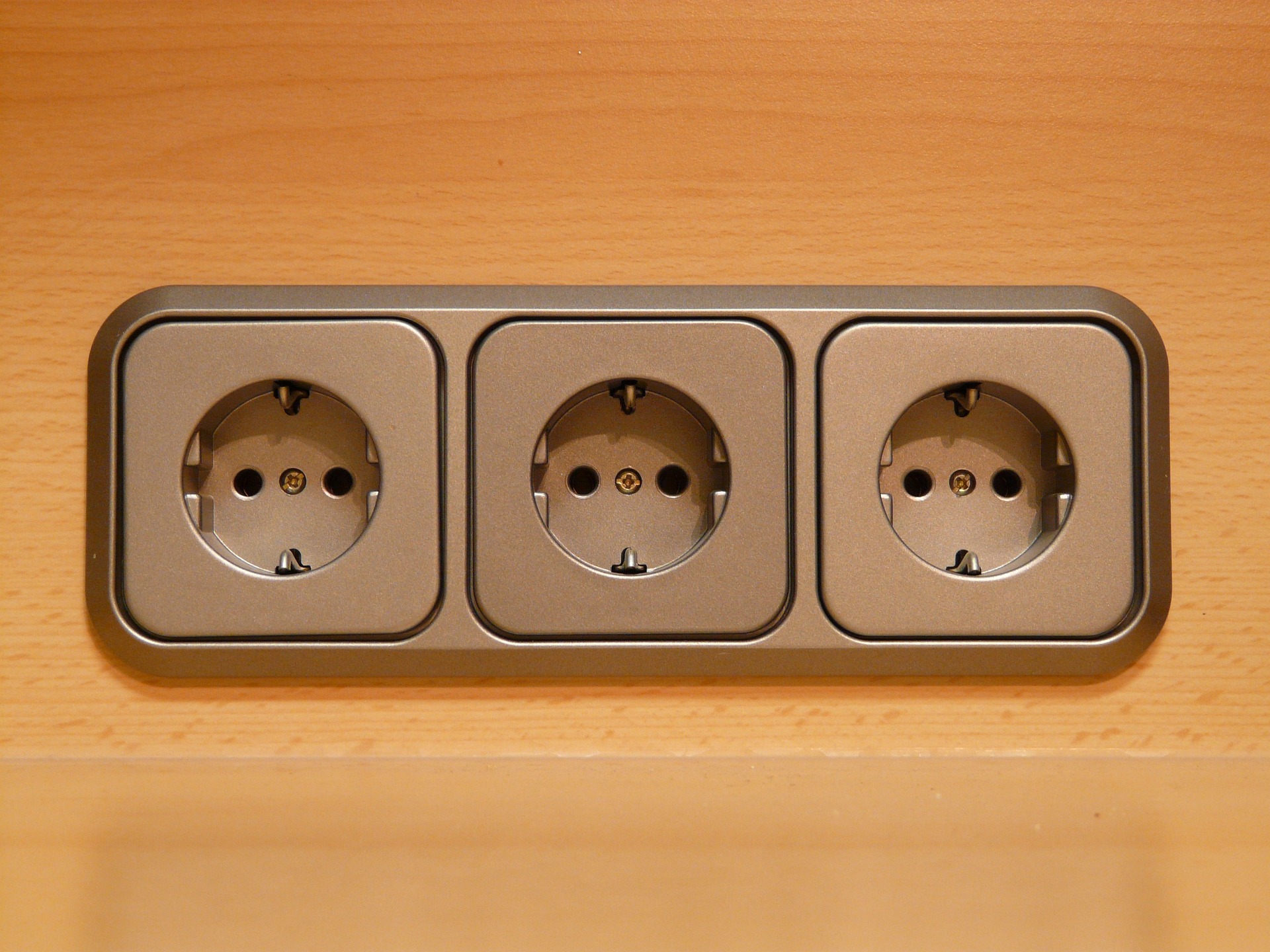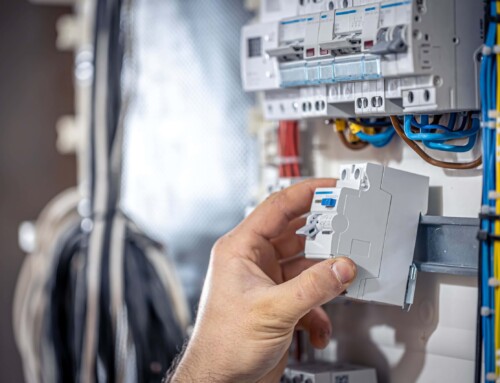Are you thinking about installing a floor outlet in your house or office? Among different types of outlets, these may provide a smooth and practical answer to power and connectivity demands in your living room, home office, or bedroom. They certainly provide a convenience! But are floor outlets safe? Let’s find out!
This blog is here to introduce you to the fundamentals of floor outlets, addressing typical concerns about safety, maintenance, and the best uses of these innovative electrical solutions.
What Exactly is a Floor Outlet?
A floor outlet is a form of electrical socket that is built directly into the floor to provide a concealed and readily accessible power supply. These outlets are meant to fit in with the ground. They appear clean and inconspicuous while providing the functionality. Floor outlets efficiently give the power required for numerous gadgets and appliances.
Are Floor Outlets Safe?
Outlets for the floor are pretty helpful for plugging in lamps, televisions, music systems, and kitchen appliances. However, if they are not covered, they might pose a safety risk. To avoid potential problems or damage, electrical floor outlets should be securely covered while not in use. Do you currently have a floor outlet, or do you intend to obtain one? If so, keep reading for some pointers on how to keep your house safe with them.
Top 3 Tips for Maintaining Safety When Using Floor Outlets
When it comes to electrical installations, safety is essential. Floor outlets are no exception. Here are three tried-and-true strategies for keeping a safe home and workplace with floor outlets:
-
Leave Some Space Above the Floor Outlet
When you place furniture over floor outlets, make sure there’s at least three inches of space between them. Whether it’s a chair, sofa, or coffee table, none of them should touch the outlet opening. These pieces of furniture may cause debris to fall in. They can also lead to overheating, resulting in electrical fires or short circuits.
-
Cover the Floor Outlets With a Rubber Mat
What’s an excellent technique to keep your plugs safe? Covering them with a rubber mat! It’s because Rubber is a poor conductor of electricity, which can assist in avoiding electrocution if the outlet fails. Moreover, it is also non-slip. This eliminates the possibility of slipping on the mat or accidentally exposing the outlet.
-
Use the Original Outlet Covers Only and Follow the Manufacturer’s Instructions
Usually, all wall and floor outlets come with a safety cover to keep them clean and safe. Always use these original covers provided by the manufacturer. They keep dirt out of the sockets and help prevent mishaps such as tripping or touching the electrical connections.
Also, before beginning any electrical installation, double-check the manufacturer’s instructions to guarantee everything goes correctly.
3 Places Where Floor Outlets Are Beneficial
Outlets for the floor are adaptable and may be strategically placed around a house or business. Here are three great sites for using floor outlets:
- Living Room: Living room floor outlets allow for the seamless integration of lighting, entertainment systems, and technological gadgets without the need for visible wires and cables.
- Home Office: Floor outlets in a home office or study allow quick access to electricity for desks, workstations, and electronic equipment while keeping the space clutter-free.
- Bedrooms: Installing outlets for the floor inside bedrooms enables the unobtrusive placement of bedside lights, charging stations, and other electrical gadgets while maintaining the room’s beauty.
Top 4 Considerations When Choosing the Best Floor Outlet Box
When choosing an electrical floor box for your individual needs, several critical criteria must be considered to guarantee maximum operation and seamless integration. Here are the top four topics to think about in detail:
- The Type of Project: Understanding the extent and purpose of the electrical installation can help you choose a floor box that meets your requirements.
- Depth of Finished Floor: Choosing a floor outlet box that accommodates the flooring material and thickness is influenced by the depth and kind of completed flooring.
- Power Requirements: Understanding the power and data connectivity requirements for the planned area can aid in determining the best floor box arrangement to meet these demands.
- Finish, Style, and Color: It’s vital that the electrical floor box you get compliments the overall interior scheme and blends effortlessly with the flooring. Thus, Take into account the aesthetic preferences and design components of the room.
Floor outlets offer a practical and discreet solution for powering various electrical devices and appliances in residential and commercial settings. By understanding the safety considerations, ideal applications, and critical factors for selecting the right floor outlet box, you can make informed decisions to enhance the functionality and aesthetics of your living spaces. Be safe!

D&F Liquidators has been serving the electrical construction materials needs for more than 30 years. It is an international clearinghouse, with 180,000 square facility located in Hayward, California. It keeps an extensive inventory of electrical connectors, conduit fitting, circuit breakers, junction boxes, wire cable, safety switches etc. It procures its electrical materials supplies from top-notch companies across the globe. The Company also keeps an extensive inventory of electrical explosion proof products and modern electrical lighting solutions. As it buys materials in bulk, D&F is in a unique position to offer a competitive pricing structure. Besides, it is able to meet the most discerning demands and ship material on the same day.






